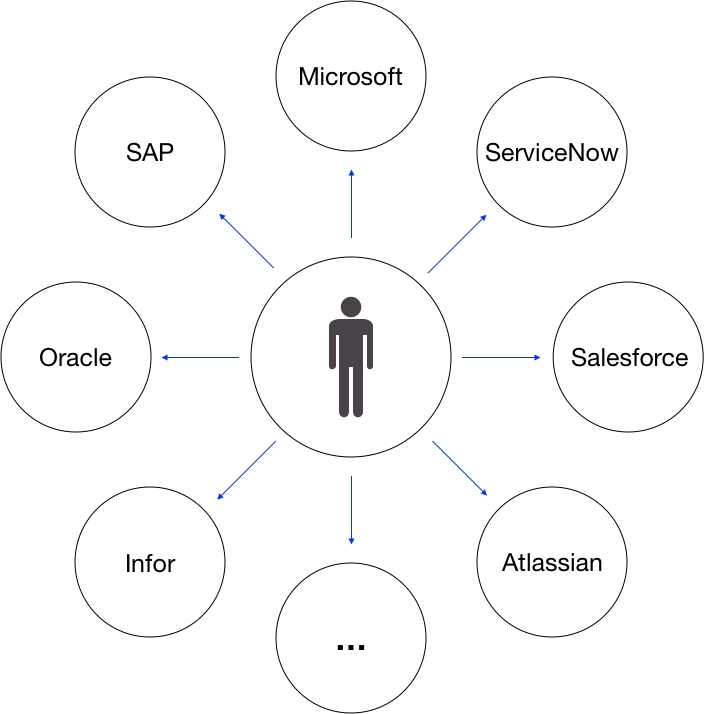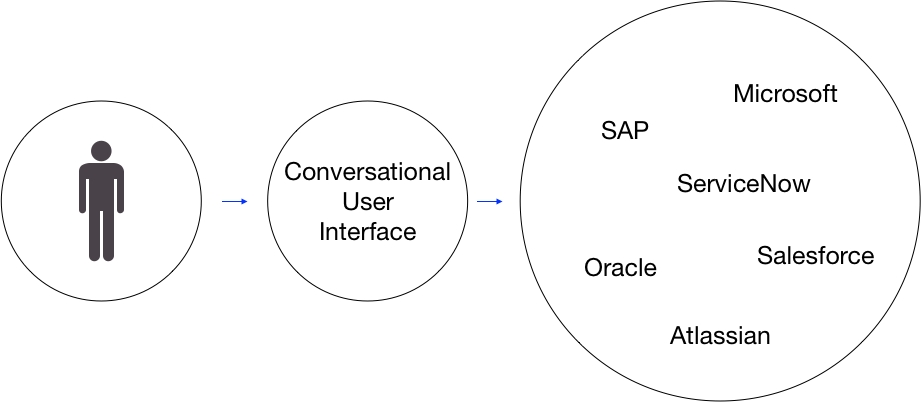Emerging Technologies and Enterprise Software
Last Updated: 25.10.2019
ERP software is one of the most useful platforms that a business can invest in and use for daily operations. It is essential to say that many factors can make your ERP usage succeed or fail.
Enterprise Software has reached a level of maturity that put the developers and users in a situation, that it is hard to find the paths for further improvement.
In the past few years, the only significant change to ERP systems is the increase in cloud adoption and the integration of early-stage technologies like AI.
Emerging Technologies trends
The emerging technologies that are disrupting the ERP industry are artificial intelligence, machine learning, and Internet of Things (IoT) (The End of Technology Obsolescence, ERP Trends in 2018)
58% of developers plan to integrate or have already integrated AI into their ERP programs. (Evans Data Corporation)
The ERP software industry is the number one target of artificial intelligence (AI) and machine learning (ML) developers. (Evans Data Corporation)
72% of executives believe that AI in the enterprise is a business advantage for the future. (2018 PWC AI Predictions)
80% of developers believe that the management of ERP processes can be totally replaced by AI or machine learning. (Evans Data Corporation)
4 out of 10 industry leaders are exploring the use of new technologies for ERP systems. Of those interested, 43% are looking into AI, 40% into machine learning, and 40% into IoT. (The End of Technology Obsolescence, ERP Trends in 2018)
One of the biggest barriers to AI adoption in enterprises is that 49% of employees lack trust in technology. (SAS The Enterprise AI Promise 2018)
Source: financesonline.com
In the future, the ERP market will need to transition to assistive and conversational user experiences (including chatbots, automation and human– machine interaction). Source: Accenture 2019 ERP Trends
The usage of Enterprise Software (ERP, CRM, HCM, ITSM) today
The reputation of Enterprise Software, especially ERPs, is of being reliable, but challenging to use — and this is not surprising.
Today people are working with many enterprise software applications.
We found the next obstacles in using enterprise software:
Complex Graphical User Interface (GUI) — difficult to use
Access to the information and data
Inability to use the system efficiently
The cost of support is too high
Enterprise Software systems don’t provide the flexibility and insights businesses require
Employee expectations around UX have changed drastically, driven by the infusion of consumer web designs in enterprise software
The usage of Enterprise Software in future
Conversational user interfaces (chatbots, smart machines, automation and human– machine interaction) are bringing an entirely new approach for users for performing daily activities.

How companies and users can benefit from the leveraging of new technologies (conversational user interfaces):
One place to perform daily activities
Simplification of the user experience
Natural language communication
Work anywhere & anytime you need
Reduce the operation costs
Improve the productivity of the employees
How it should work?
We expect from machines that they will understand us in natural language and will be able to help us be more productive.
The Process:
Write or start talking to the smart machines
Machines understand the natural language & context of the query
Machines can help with retrieving information, modifications, data visualization, solving the IT issues, creation of new objects, provide the reports & analytics and many more
Machines learn based on historical data and with each new user request over and over again
All we need should be in One UI
Please leave the feedback about your vision of the current problems in using Enterprise Software and how we can overcome them by leveraging conversational user interfaces.
Regards,
Andrii, CEO @ Hala.ai
Last updated
Was this helpful?